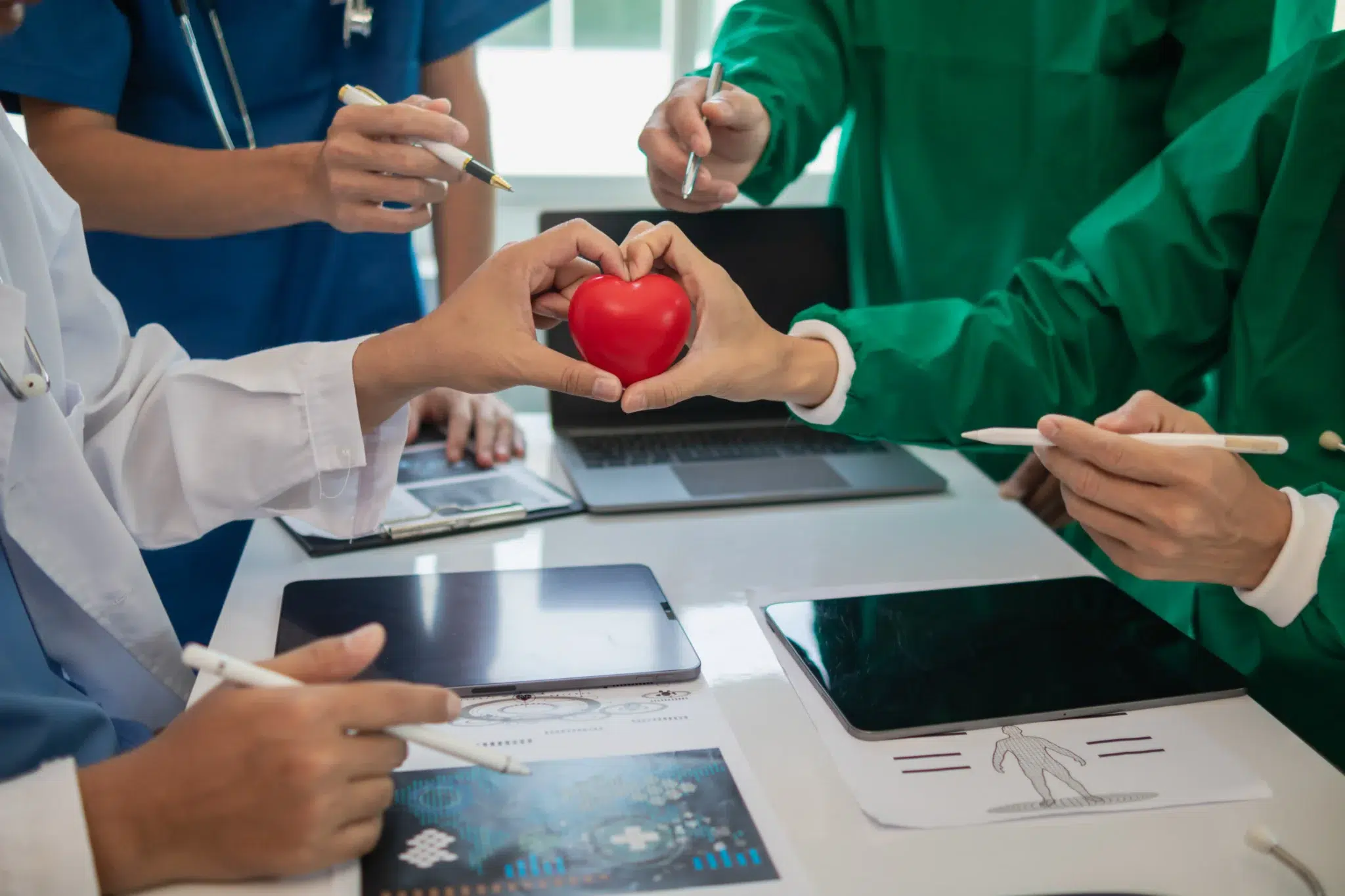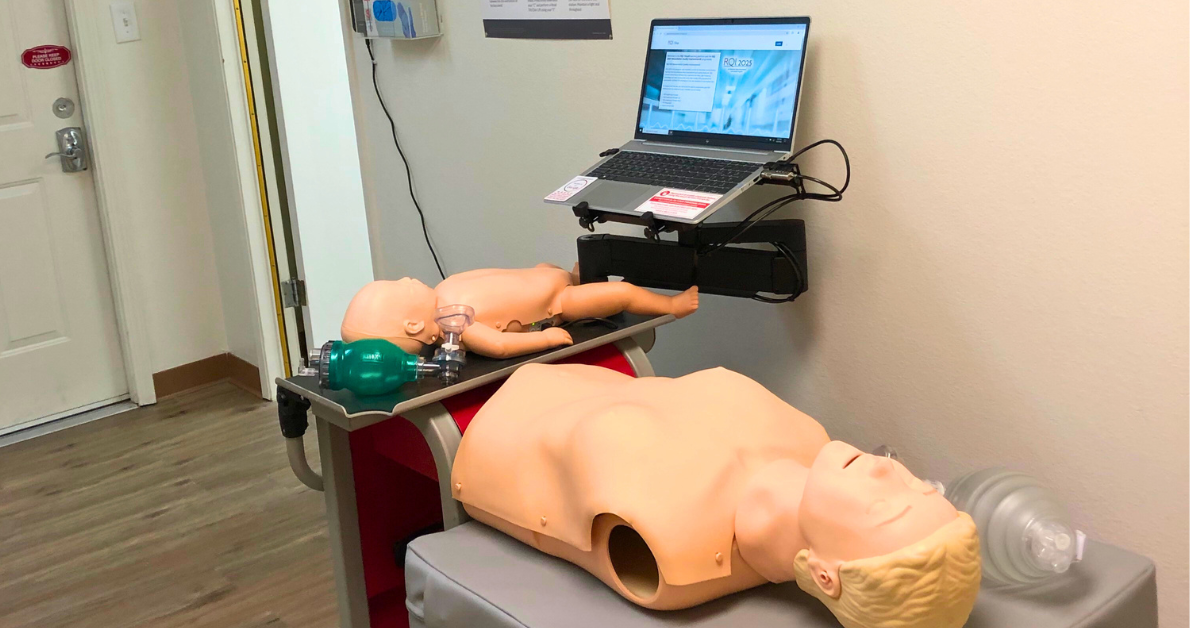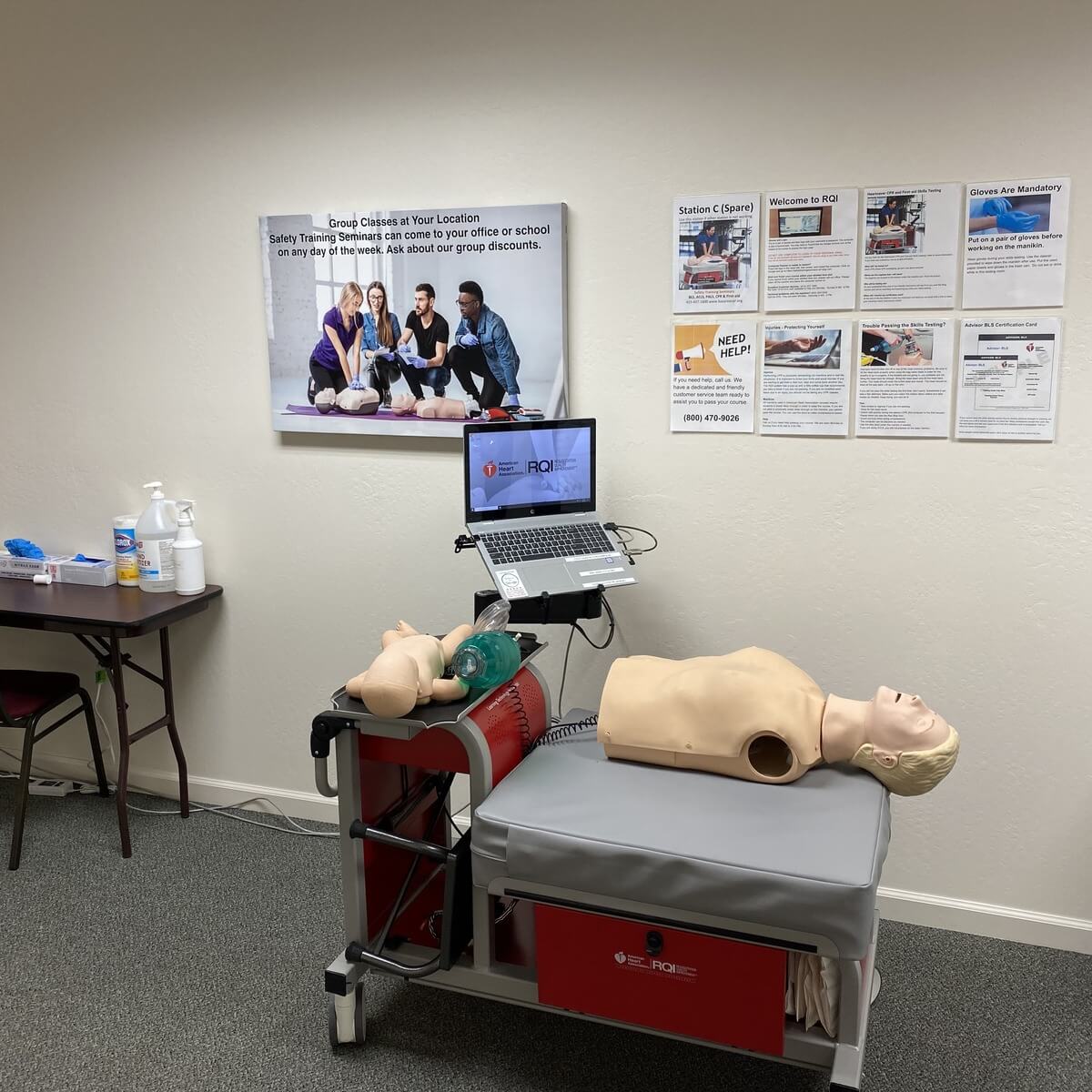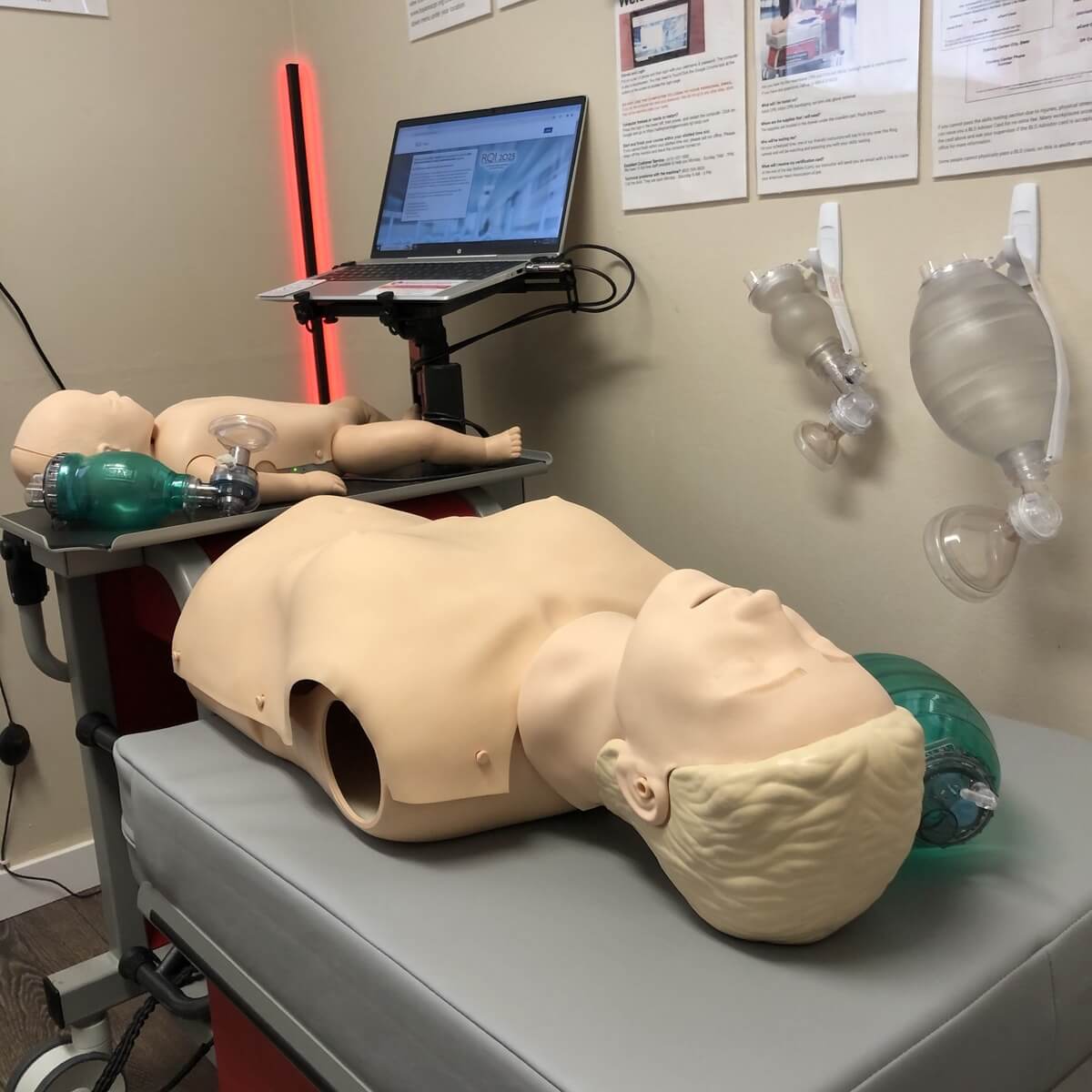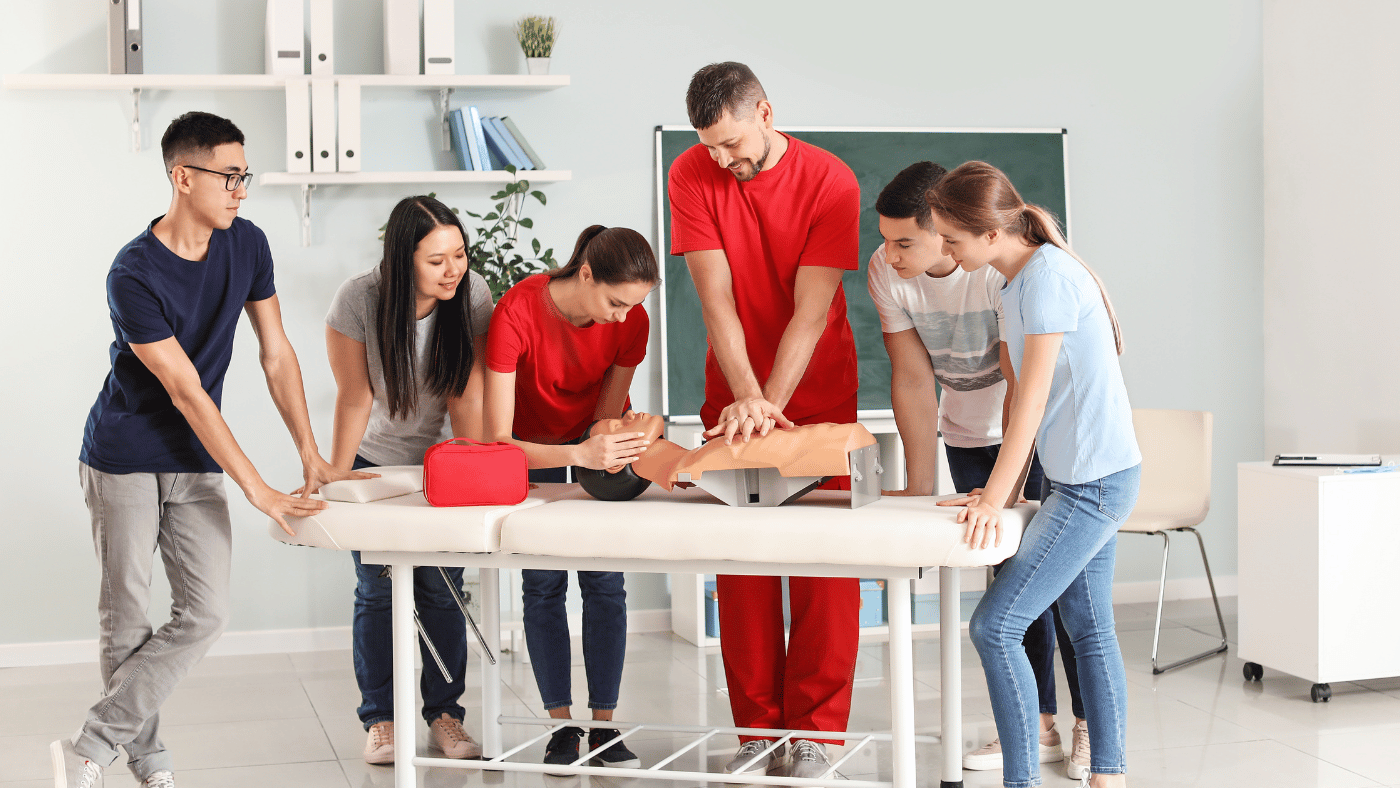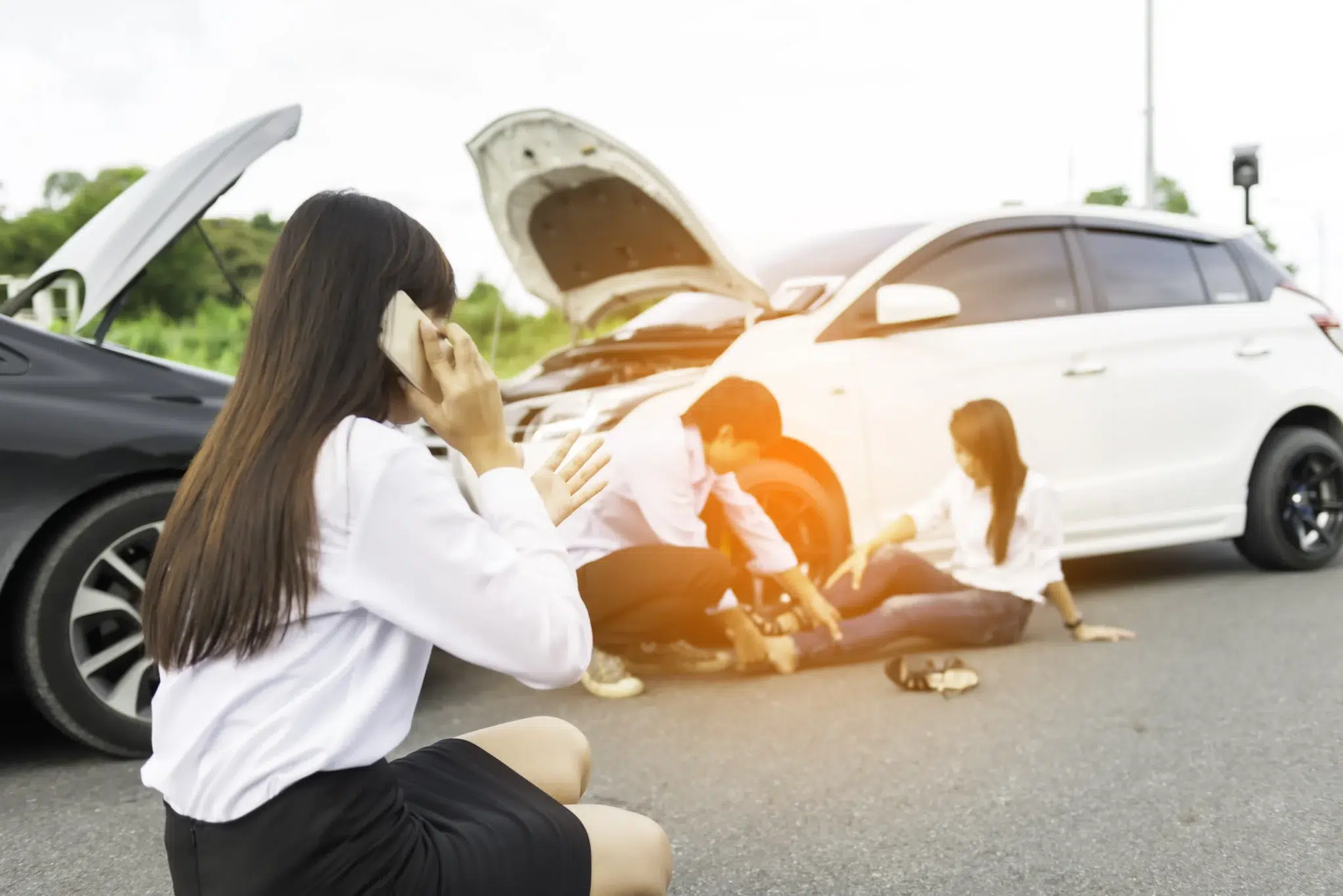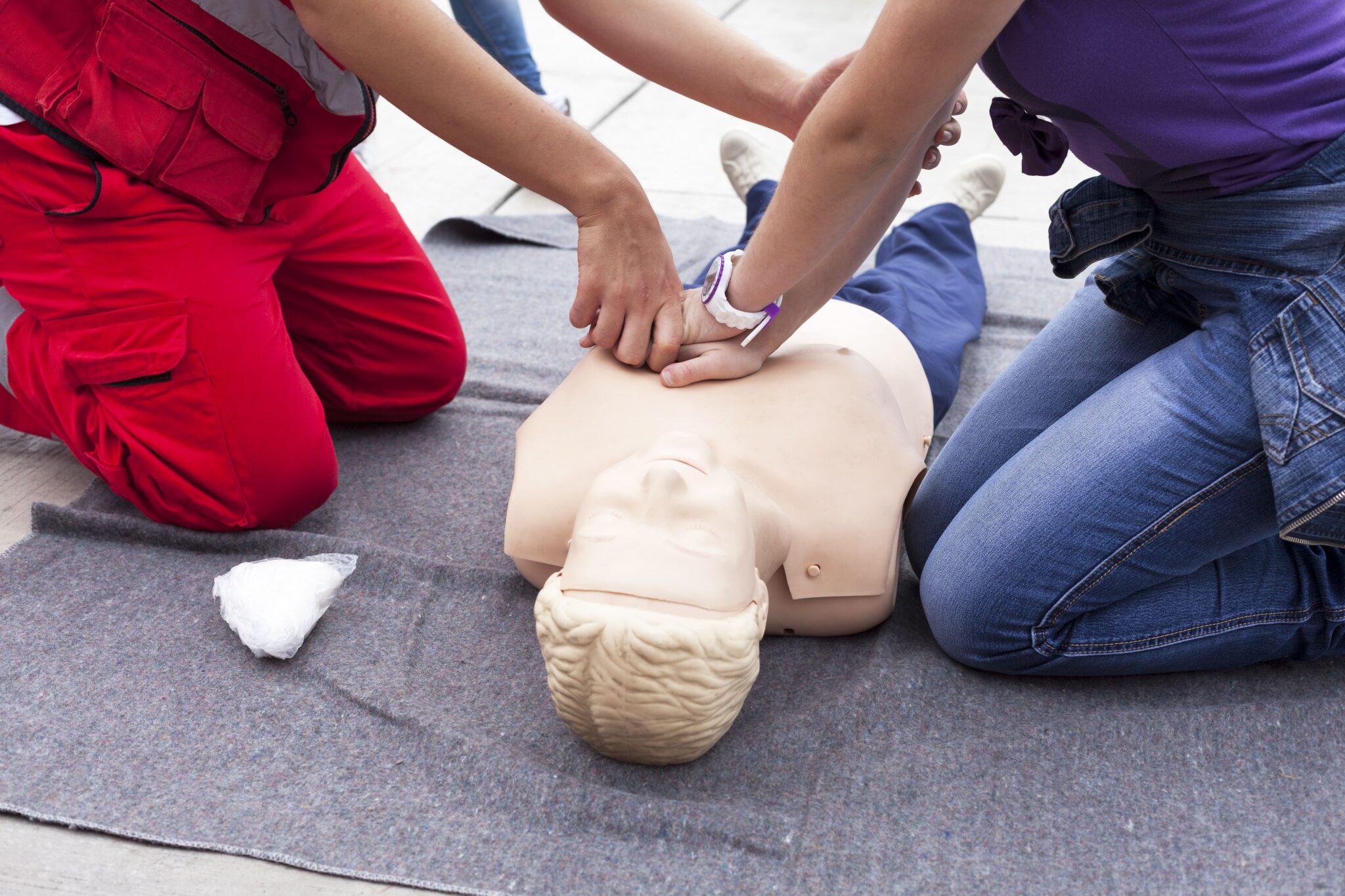Imagine this: you’re at a family barbecue, a co-worker gathering, or your child’s soccer game when someone suddenly collapses. Their breathing stops, and panic ripples through the crowd. Most people freeze, unsure of what to do. But what if you knew exactly how to respond? What if you could keep that person alive until help arrived? That’s the power of CPR AED training, and it’s why taking just a few hours to learn these skills can change everything.
What Really Happens During Sudden Cardiac Arrest
Cardiac arrest isn’t the same as a heart attack. While a heart attack is caused by a blockage that stops blood flow, sudden cardiac arrest happens when the heart’s electrical system malfunctions. The heart suddenly stops beating, and blood flow to the brain and organs ceases immediately.
Here’s the frightening part: brain cells begin to die within minutes without oxygen. That’s why action is needed right away, not five or ten minutes later when paramedics arrive, but in those very first moments. Every minute without CPR and defibrillation lowers a person’s chance of survival by about 10%.
It’s not an exaggeration to say those first few minutes matter more than anything else.
Why Bystanders Make All the Difference
When cardiac arrest happens in public, survival often depends on whether someone nearby knows how to respond. In fact, studies show that when CPR is started right away, a person’s chance of survival can double or even triple.
Think about it: the ambulance is on its way, but until it arrives, you are that person’s lifeline. If you can perform CPR and use an AED (automated external defibrillator), you’re literally giving them the gift of time.
What You’ll Actually Learn in CPR AED Training
One of the biggest surprises people have after taking a CPR AED course is how approachable it really is. It’s not medical school, and you don’t need a science background. The classes are designed for everyday people. Here’s what they cover:
CPR Basics
- How to recognize when someone needs CPR
- The right way to do chest compressions (spoiler: it’s all about rhythm and depth)
- When and how to give rescue breaths, or how to stick with hands-only CPR if you’re not comfortable with breaths
Using an AED
AEDs are those small, portable devices you’ve probably seen mounted on walls in airports, gyms, or schools. They’re simple to use; turn it on, follow the prompts, and it tells you what to do. Training helps take away the fear factor, so when you see one in real life, you know exactly how to grab it and get to work.
Teamwork in Emergencies
When multiple people are around, a trained responder knows how to take charge: delegate someone to call 911, have another person bring the AED, and make sure CPR continues without long interruptions.
It’s not just about the mechanics of chest compressions; it’s about giving you the confidence to stay calm and lead when others may be panicking.
Breaking Down the Fears and Myths
A lot of people hesitate to step in during an emergency because of myths or worries. CPR AED training addresses these head-on. For example:
- “I don’t want to hurt them.” The truth is, broken ribs are a small price to pay compared to the alternative. Doing nothing is far worse.
- “AEDs look complicated.” They’re designed to be foolproof. If you can follow GPS directions, you can follow an AED.
- “What if I get sued?” Good Samaritan laws protect bystanders who step in to help during emergencies.
By the end of class, most people feel those fears melt away and are replaced by confidence.
Stories That Prove Training Works
Hearing real-life stories is often what makes CPR AED training hit home.
- A high school basketball player collapsed during a game, and his coach, who had recently refreshed his CPR skills, started compressions immediately. With the help of an AED from the gym, the teen survived.
- In an office in San Francisco, an employee went into cardiac arrest at her desk. Her coworkers, fresh off a CPR class, jumped into action. By the time EMS arrived, she had a pulse again.
- At an airport, a man slumped to the floor. Strangers used the nearby AED, followed the device’s voice prompts, and saved his life before paramedics even got there.
These aren’t isolated miracles; they’re reminders that ordinary people save lives all the time.
Why AEDs Belong Everywhere
More schools, offices, and community centers now keep AEDs on-site, and that’s a great step forward. But having one available only helps if someone knows how to use it. CPR AED training ensures you won’t be paralyzed by uncertainty if you see one in the moment you need it most.
Imagine two scenarios: one where bystanders hesitate to touch the AED, and another where someone confidently takes charge, applies the pads, and restarts a heart. That’s the difference training makes.
Who Needs CPR AED Training? (Hint: Everyone)
While parents, teachers, coaches, and fitness instructors often sign up first, the truth is sudden cardiac arrest doesn’t discriminate. It can strike children, young adults, and seniors alike. That means the more people who are trained, the safer our communities become.
Think about your daily life, whether you’re at work, running errands, or spending time with loved ones, you’re always surrounded by people. Wouldn’t it feel good to know that if something happened, you’d be ready?
The Confidence Factor
Beyond the practical skills, CPR AED training gives you peace of mind. There’s something powerful about knowing that, in a crisis, you could step up instead of standing back. Many people who’ve had to use CPR in real life say they’ll never forget the moment they realized their training made all the difference.
You don’t just learn a skill; you carry with you the ability to give someone another chance at life.
Keeping Skills Fresh
Most certifications last two years, but just like any skill, practice makes perfect. If you don’t use CPR often (and hopefully you won’t need to), details can fade. That’s why many professionals recommend refreshing your training regularly to stay sharp and confident.
Medical guidelines also change over time as science evolves. A class you took five years ago may already be outdated, which is another reason to stay current.
Convenient CPR AED Training in Northern California
If you’re in Northern California, getting trained is easier than ever thanks to Safety Training Seminars. Here’s what sets us apart:
- Over 65 convenient locations throughout the region
- Classes available every single day, including weekends
- Budget-friendly pricing, backed by a low price guarantee
- Flexible schedules that work around your busy life
- A woman-owned business dedicated to serving local communities
You don’t have to travel far, wait weeks for a class, or break the bank. With so many options, you can fit training into your routine without stress.
What to Expect in a Class
Walking into your first CPR AED class might feel intimidating, but the atmosphere is supportive and hands-on. You’ll practice chest compressions on training mannequins, get comfortable using real AEDs, and run through different scenarios.
By the end, you’ll leave with an American Heart Association certification card and, more importantly, the confidence to use your new skills in real life.
Why There’s No Better Time Than Now
The truth is, we never know when an emergency might happen. It could be a stranger at the grocery store, a co-worker at lunch, or even someone you love at home. Spending just a few hours learning CPR and AED use is one of the most valuable investments you can make, not only for yourself, but for your family and your community.
You Could Be the Lifeline Someone Needs
When a person’s heart stops, they don’t have time to wait. In those crucial first minutes, you could be the reason they survive. And you don’t need to be a doctor or nurse; you just need the training and the courage to act.
If you’re ready to take that step, Safety Training Seminars is here to help. With flexible scheduling, affordable classes, and locations across Northern California, including Oakland, CA, nothing is standing in your way.
Don’t wait for “someday.” Make today the day you decide to learn CPR AED training, and maybe, just maybe, become the reason someone else gets a second chance at life.


